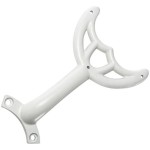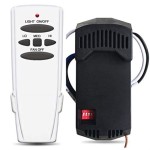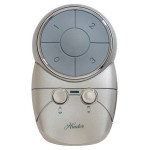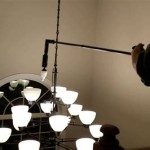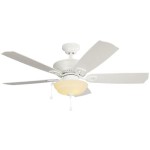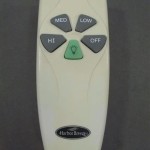Essential Considerations for Installing Recessed Lights in Sloped Ceilings
Installing recessed lights in a sloped ceiling introduces a unique set of challenges compared to flat ceilings. However, with proper planning and execution, you can achieve a seamless and functional lighting solution.
Here are some essential considerations to ensure a successful installation:
1. Choosing the Right Recessed Light Type:
Recessed lights for sloped ceilings are specially designed with adjustable angles to accommodate the tilt. Consider the following options:
* Sloped Ceiling Trim: These trims allow you to adjust the angle of the light fitting within a specific range, typically 0-30 degrees. * Articulating Gimbal: This type of recessed light features a jointed arm that allows precise positioning and angling of the light fixture, offering greater flexibility.2. Calculating the Sloped Ceiling Angle:
Measure the angle of the sloped ceiling accurately using a protractor or angle finder. Determine the exact angle to which you need to adjust the recessed lights.
3. Selecting the Right Wattage and Color Temperature:
Consider the desired level of brightness and color temperature for your space. Choose a wattage that provides sufficient illumination, and select a color temperature that complements your decor and ambience (warm, neutral, or cool).
4. Determining the Placement and Spacing:
Plan the placement of recessed lights to ensure even distribution of light. Consider the overall ceiling height, joist locations, and any existing fixtures or obstacles. Maintain proper spacing between lights to avoid both overlighting and underlighting.
5. Wiring and Electrical Considerations:
Follow electrical codes and consult a qualified electrician if necessary. Determine the wiring method (conduit or armored cable) and ensure that all connections are secure and compliant with safety standards.
6. Insulation Clearance:
Maintain proper clearance between recessed lights and insulation to prevent overheating and potential fire hazards. Consult the manufacturer's specifications and building codes for minimum clearance requirements.
7. Cutting the Hole and Installing the Trim:
Use a hole saw to cut the opening in the ceiling at the determined angle. Carefully remove the insulation around the hole, following safety precautions. Insert the recessed light and secure it with screws. Install the trim, ensuring a snug fit and proper alignment.
8. Testing and Adjustment:
Once the recessed lights are installed, test them to ensure proper functionality. Adjust the angle of the light fittings as needed to achieve the desired lighting effect. Check for any flickering, buzzing, or other potential issues.
Additional Tips:
* Use a level to ensure that the trim is installed evenly. * Consider using a dimmer switch to control light intensity. * Choose a recessed light that is compatible with LED bulbs for energy efficiency and longevity. * If the ceiling slope is very steep, it may be necessary to use an extension bracket to ensure proper support for the recessed light.
Sloped Ceiling Recessed Lighting Jdm Electrical Contractors

Sloped Ceiling Recessed Lights Really Necessary For Ceilings R Homeimprovement

How To Install Recessed Lighting On Sloped Ceilings The Home Depot

Recessed Lighting In Kitchen On Cathedral Ceiling Gimbals Vs Regular

How To Use Insulated Can Lights In Ceilings Diy

Halo 6 In White Recessed Lighting With Sloped Ceiling Trim Baffle 456w The Home Depot

Stunning Vaulted Ceiling Designs For Your Home Interiors

Need To Upgrade Recessed Lights In My Vaulted Ceiling

Halo 6 In White Recessed Lighting With Sloped Ceiling Trim Baffle 456w The Home Depot

Halo 6 In Selectable Cct 2700k To 5000k Integrated Led White Recessed Light Sloped Ceiling Trim Direct Mount Module Rls6159fs1ewhdmr The Home Depot
Related Posts

